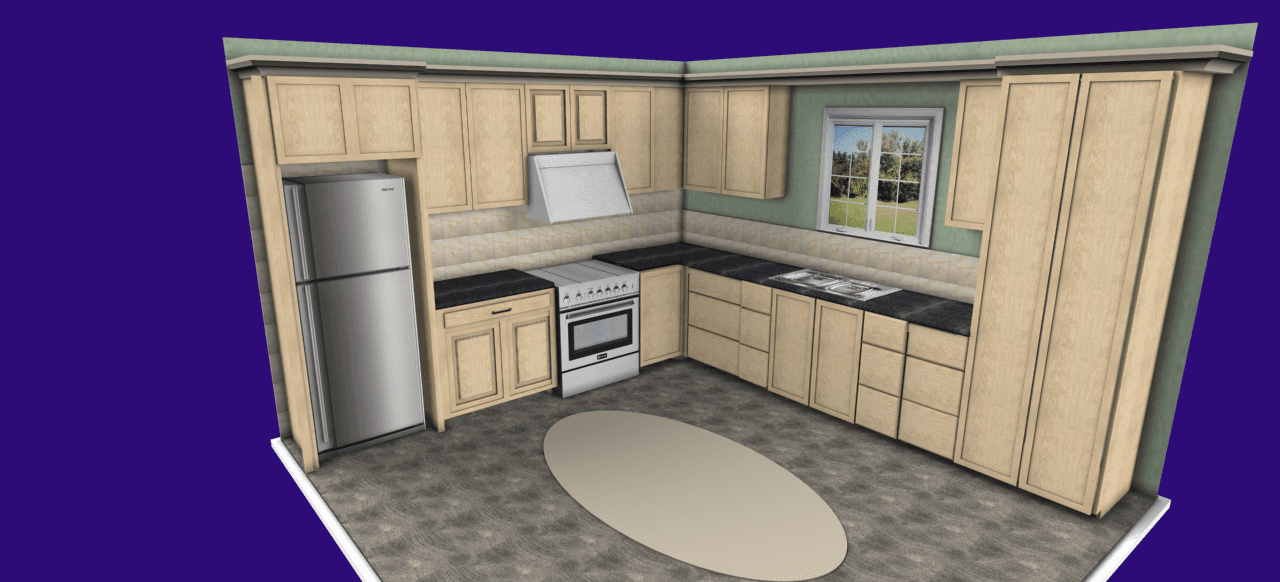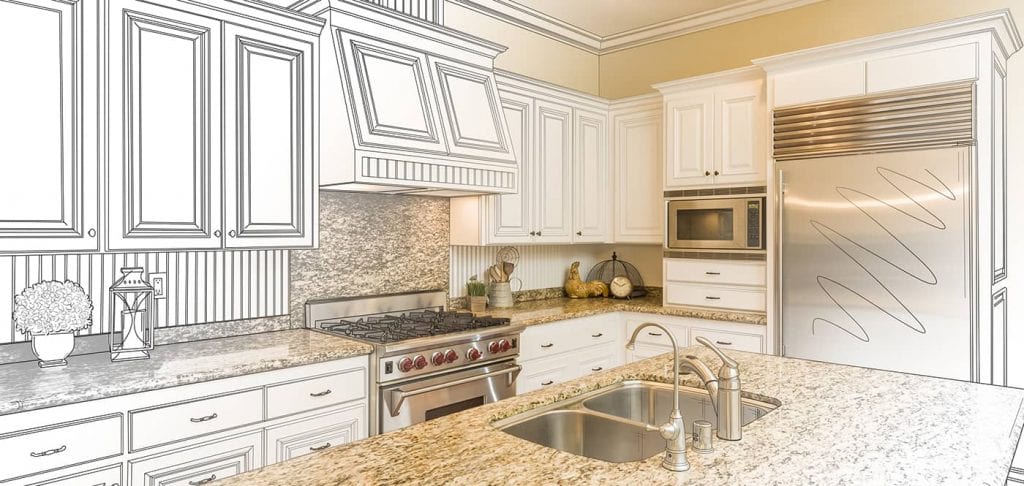How to Design and Build Custom Kitchen Corner Cabinets

Designing and building kitchen cabinets can be a challenging yet rewarding DIY project. The complexity of corner cabinets increases, but they are an excellent way to use the often wasted corner space in your kitchen. In this comprehensive guide, we will explore various types of corner cabinets, discuss their pros and cons, and provide step-by-step instructions on designing and building them for your kitchen.
Types of Corner Cabinets
There are three main types of corner cabinets: bifold, diagonal, and blind. Each type has its own advantages and considerations, and the choice depends on your specific space and storage needs.
1. Bifold Corner Cabinets
Use bifold corner cabinets, either wall or base cabinets, and work if you want to incorporate a lazy Susan for easy access to items in the corner. These cabinets have a notched-out front that matches the cabinets on either side, creating a seamless look. Assemble the face frame of a bifold cabinet at a 90-degree angle, requiring a 90-degree cabinet door. It is recommended that two doors built to cover the cabinet opening. Put a hinge in the center to allow the door to lay flat. Concealed bi-fold hinges with a high opening angle (170°) provide better access.
2. Diagonal Corner Cabinets
Diagonal corner cabinets, typically used as wall cabinets, provide deeper storage space, making them suitable for more oversized items like platters. You can also use them as base cabinets if they fit well with your design and available space. Diagonal cabinets require angled cuts for the face frame and side pieces, usually at a 45-degree angle. For face frame cabinets, larger face frames or less overlay on the corner cabinet door may be necessary to avoid interference with adjacent cabinet doors.
3. Blind Corner Cabinets
Use blind corner cabinets as either wall or base cabinets. From the front, they appear like regular cabinets, but the storage space extends behind the adjacent cabinet when opened. Base blind corner cabinets usually don’t go all the way to the back wall to allow easier access to items. However, blind corner wall cabinets need to extend to the back wall for support. Slide-out shelves or pull-out organizers can be added to make accessing items in the back corner easier. These cabinets require a wider stile and spacer in the corner to prevent door interference and maintain a seamless look.
Customizing Your Corner Cabinet Design
One of the greatest advantages of building your own cabinets is the ability to customize them to your specific needs and preferences. Here are a few ideas to consider when designing:
- Open Shelf Bi-Fold Corner Wall Cabinet: Create a display area by incorporating an open shelf instead of doors.
- Extra-Tall Diagonal Wall Cabinet: Increase storage space by building a taller cabinet that sits on top of the countertop.
- Drawer Above Blind Corner Base Cabinet: Add a convenient drawer above the base for easy access to frequently used items.
The possibilities are endless, and you can tailor your design to maximize functionality and aesthetics in your kitchen.
Building a Corner Cabinet: Step-by-Step Instructions
Now that we’ve explored the different types of corner cabinets and customization options let’s delve into the process of building one. We will provide detailed instructions for constructing a bifold cabinet, but the principles you can apply it to other types as well.
Step 1: Building the Cabinet Box
Start by constructing the cabinet box, which includes the sides, back, bottom, and back corner pieces. Then cut the plywood to the appropriate dimensions and assemble the pieces using pocket hole screws and wood glue. Make sure to notch the bottom and top (if using) to match the adjacent cabinets and ensure a flush front edge. Cut the back corner piece at a 45-degree angle to fit the corner properly.
Step 2: Attaching the Sides
Attach the sides to the cabinet box using pocket hole screws, wood glue, and clamps. Ensure the corners are square and the edges are flush. For added stability, install cleats made from 1×1 lumber along the top and bottom of the cabinet.
Step 3: Installing the Shelves
Construct the shelves from plywood and attach them to the cabinet using pocket hole screws and wood glue. Double-check for levelness and ensure the edges are flush. Consider incorporating adjustable shelf supports for added flexibility.
Step 4: Adding the Face Frame (Optional)
If desired, build a face frame using 1×2 lumber and attach it to the cabinet using wood glue and nails. The face frame provides a finished look and helps reinforce the cabinet structure. Ensure the frame is square and aligns with the notched-out area.
Step 5: Finishing Touches
Sand the cabinet surfaces to smooth any rough edges or imperfections. Apply paint or stain to achieve the desired finish. Consider adding cabinet doors, hinges, and knobs for a complete look. Mount the cabinet securely to the wall or floor, depending on location.
Conclusion
Designing and building custom kitchen cabinets can be rewarding and cost-effective. By understanding the different types of corner cabinets and their unique features, you can choose the design that best suits your needs. With the step-by-step instructions, you can confidently construct a corner cabinet that perfectly fits your kitchen space and enhances its functionality and aesthetics. Happy building!

